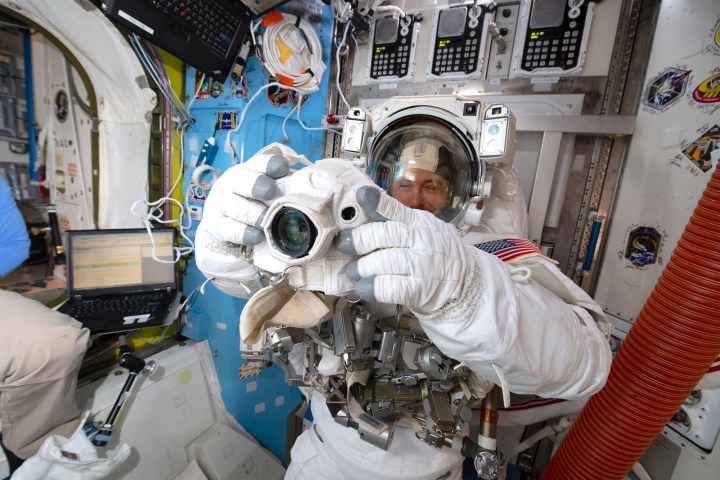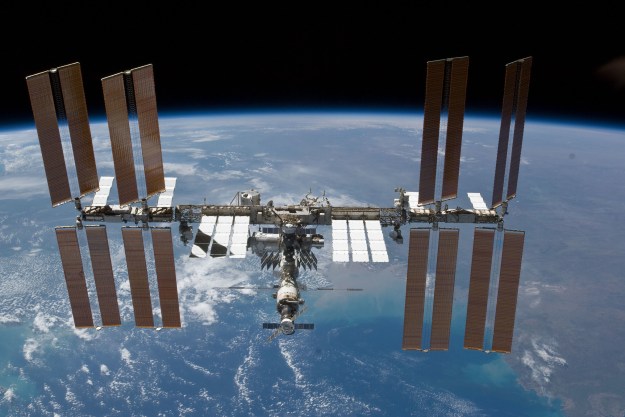
While astronauts aboard the International Space Station (ISS) spend most of their time conducting science experiments in microgravity conditions, some of their work also includes capturing images of Earth for research and monitoring — and also so we folks back on terra firma can appreciate just what a beautiful place it is.
NASA astronauts have mostly used Nikon film and DSLR cameras to snap those shots, but a recent delivery to the ISS marks a new era for handheld photography aboard the orbital outpost.
That’s because the shipment, which arrived at the station aboard a Cygnus cargo ship last week, includes mirrorless Nikon cameras for the first time.
The high-end Nikon Z9, launched in 2021, will replace the current inventory of Nikon D6 and D5 DSLR cameras on the ISS, with the latter being in service there since 2017.
The new camera equipment includes 13 Z9 camera bodies, 15 FTZ II adapters for connecting older F-mount Nikkor lenses, and more than 15 Nikkor Z lenses, including super-telephoto and macro lenses. While the Nikon cameras aboard the ISS have not been physically modified, engineers have worked with NASA to create a custom dedicated firmware for reliable performance in the harsh space environment.
“Since the Apollo 15 mission more than 50 years ago, Nikon cameras and lenses have been used by NASA for space exploration on various missions and the space shuttles,” the Japanese camera giant said in a release. “Starting in 1999, Nikon cameras (Nikon F5) and Nikkor lenses have been used aboard the orbiting laboratory to aid in scientific research, maintenance, and aiding astronauts capturing the iconic images of Earth, the heavens, and beyond.”
The company also noted that its cameras are used not only inside the space station but also on spacewalks in the “unrelenting vacuum of space” by placing the device inside a special blanket casing developed by NASA.
Nikon unveiled its mirrorless Z-series in 2018, and advancements in the technology since then have brought it to a level ready for ISS deployment. The mirrorless system allows for smaller, lighter camera bodies and other advantages over DSLRs, and major camera manufacturers have been moving toward the technology in recent years.
The old Nikon DSLR cameras have certainly produced some stunning results over the years, but capturing those images also needed a good eye, a great deal of skill, and plenty of planning. We’re certainly looking forward to seeing what the ISS astronauts produce with the new mirrorless camera gear.
Editors' Recommendations
- China’s space station was hit by space junk
- How to watch Crew-8 arrive at the space station tonight
- Watch this astronaut’s ‘space waltz’ on the ISS
- SpaceX needs good weather for Wednesday’s crewed launch. Here’s the forecast
- Here’s how the space station made history 25 years ago today


